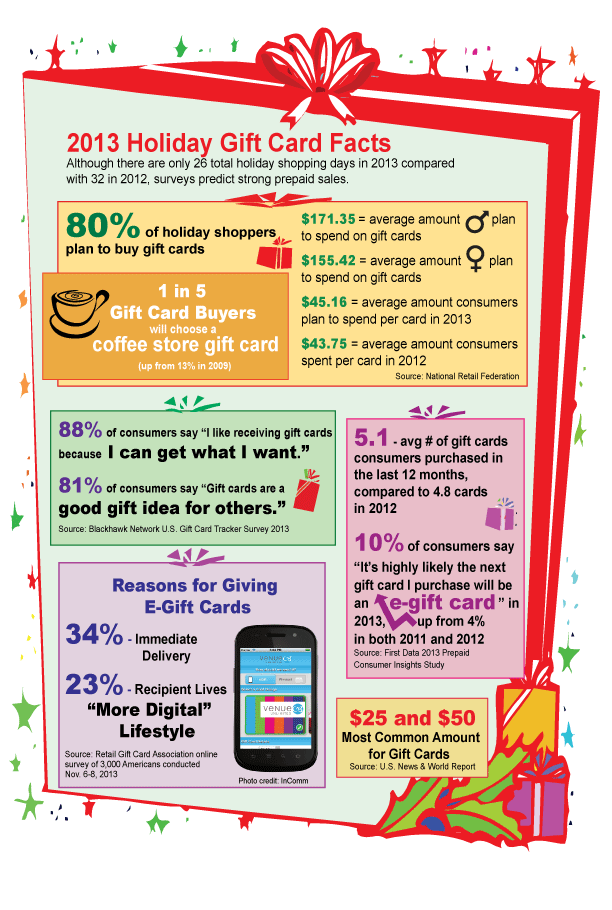Creating A Qr Code On Glass For Digital Portfolios
How Engraved Glass Became a Sign of ReputationPersonalized glass awards evoke a steadfast spirit of commitment and excellence. They promote a culture of recognition that transcends hierarchical boundaries.
Wheel engraving is shown on a cup most likely made in the 1700s covered with elaborate Chinese-style themes. These themes introduced obligation to the Jacobite cause. This is an amazing instance of just how imported Eastern items influenced European design patterns.
Origins
As glassmaking ended up being extra innovative, engravers realised that a design contributed to an item of glass changed it from useful right into preferable. They experimented with a variety of scratching, abrading and cutting methods.
The most proficient engravers generated great thorough work. Anna Roemers Visscher, that was a glass cutter and engraver, was renowned for her delicate flowers, inspired by the natural history books preferred in her time.
Engravers additionally carved fine linework into glass. By the end of the 17th century, engravers had actually started to desert straight quality in favour of crosshatched chiaroscuro effects. One of the earliest examples is tape-recorded on a jug by a Rotterdam engraver that authorized his collaborate with a jotted liberty and vigour that lifted it above the rest.
Engraving continued to be a popular technique, although it was progressively eclipsed by cut glass and new techniques such as etching, which was less expensive than etching. Nevertheless, economic pressures after c1905, together with decreasing top quality of cut glass, saw a surge in the appeal of personalized glass, referred to as rock crystal.
Strategies
Glassmakers made use of a range of methods to mark or embellish the surface area of a vessel, commonly integrating various techniques. One method called stipple engraving, for example, uses a point of tungsten or diamond to make small dots on the glass surface area which develop contrasting white lines when light sparkles via them.
Personalized glass honors are treasured for their beauty and status. They reflect the deep esteem and respect that firms hold for their staff members and cultivate a culture of excellence.
The translucency of glass personifies the openness and sincerity of business recognition, encouraging receivers to analyze their accomplishments and assess their journey in the organization. In addition, the capacity of personalized glass to show customized text and images permits the production of extremely distinct and meaningful honors that stimulate the feeling of grandeur associated with this remarkable product.
Designs
From the smooth lines of corporate honors to the engraved text on glass prizes, inscribed crystal is a sophisticated symbol of recognition. Whether displayed on someone's workdesk or maintained as a keepsake, these personalized items communicate a sense of stature and professionalism that is hard to discover in other products.
The style of engraved glass has actually altered over time to mirror altering tastes and technical developments. The ancient strategy of copper-wheel inscription has opposed forecasts of obsolescence, and new strategies like etching are taking over where stippling once held sway.
The earliest diamond-point inscription, of the 16th century, is stiff and official. It slowly became extra flexible and pleasing, but can quickly degenerate right into over-elaboration. In the 19th century Thomas Webb & Sons introduced "rock crystal" with deep cutting and copper-wheel inscription, which mimicked luxury vessels cut of rock crystal in Europe and the Orient (see Ewer by Webb & Sons). The company's principal engravers were Bohemian immigrants Frederick Engelbert Kny and William Fritsche, that signed their collaborate with a monogram G.
Meaning
Personalized glass was expensive and searched for. This was since it entailed the most requiring glass refining method and depended on the accuracy and effort of a knowledgeable craftsman. The acme of etching can be found in the 17th century and was quite a part of the Baroque and Rococo periods.
Throughout this time, personalized goblets could be made use of to communicate messages of social standing. They would present family crests and political obligations. They could additionally show off one's preference for the most recent style and design fads.
Today, engraved glass is still a crucial art form. Nevertheless, advances in innovation and laser modern technology have streamlined the procedure and made it much more specific. The resulting intricate styles are both stunning and long lasting. Moreover, new sorts of glass have been created to respond much better to lasers. This has actually expanded the opportunities for musicians and designers. It additionally minimizes the environmental influence of the process. For instance, optical crystal is an excellent option for personalized awards since it is clear and mirrors here light well.
